A COLLECTION OF THOUGHTS
Thoughts
&
Musings
How Companies are Using Data to Provide Service During COVID-19
What is customer data and how can businesses use this to provide better services during the COVID-19 pandemic?
By now we hope you’ve heard of COVID-19, a strand of the coronavirus that has swept the world, resulting in many left indoors, self-isolating, and in many countries now under quarantine.
Small and large businesses all over the world have been forced to shut, with only essential stores such as supermarkets left open to reduce the spread of the virus.
However, some businesses such as restaurants are still allowed to provide takeaway services, some online stores are still delivering, and in some cases, other businesses are still operating but under strict social distancing measures.
This article will outline customer data and how you can use this to provide service during the COVID-19 pandemic.
Let’s begin by defining customer data.
How Small Businesses are Winning w/Data Analytics
Without a doubt, big data has taken over. Not only has it been a significant game changer for large businesses but it boasts considerable economic and competitive advantages for small businesses.
Chances are you’ve already begun incorporating big data analysis to evaluate exactly where your business is propelling in the face of cut-throat market rivalry. And that means you might have already started integrating a couple important big data analysis tools to harvest important insights and gauge market trends.
According to research posted by Nielson, it was conclusively identified that overall, more than half of the 2,000 businesses surveyed in the US incorporated big data tools to discover new trends and business opportunities. If you’ve yet to incorporate data analytics and add it to your business toolkit, forget staying ahead, you’re already behind.


